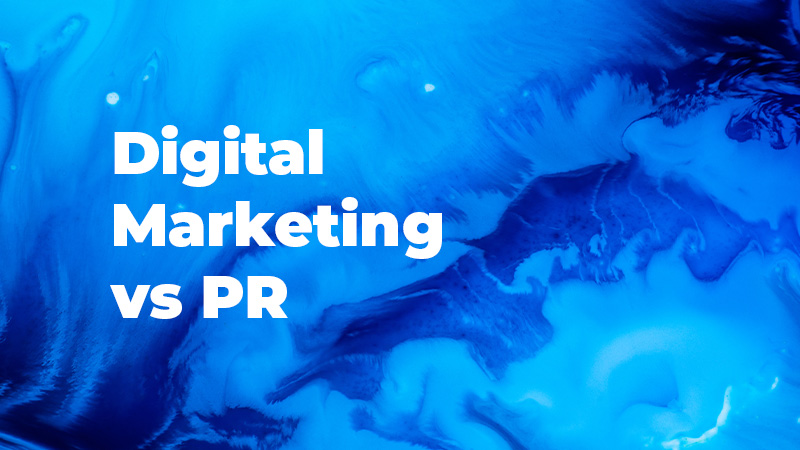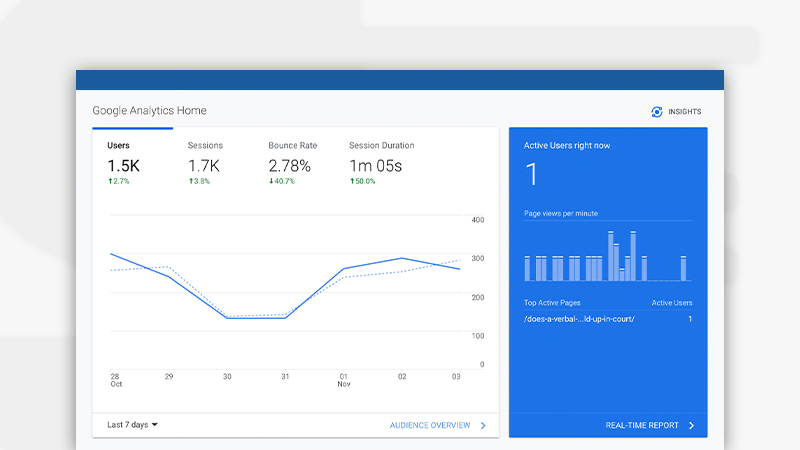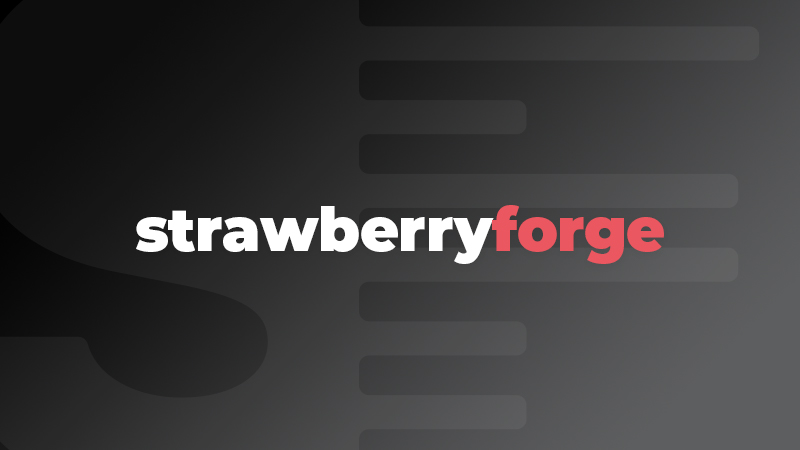Evergreen content is pretty much as it sounds: content that never really has an expiry date, and can be used over and over again.
Some marketing agencies might absolutely swear by evergreen content, as they’ve found that this works for them for whatever reason.
Other agencies might go by more of a news-based set-up, it’s whatever works for your clients.
In this blog, we’re going to be covering the basics of creating evergreen content, weighing up the positives and negatives and the importance of search engine optimisation (SEO).
So, What Actually Is It?

Online publications try to publish evergreen content which they know is always going to be suited to their readers’ interests and are less likely to become dated quickly.
The general concept of this type of content is to write compelling stories that are easily found by search engines, but still ensuring they’re always fresh (or ‘forever green’), without needing to be updated.
More often than not, evergreen content is always relevant, and it can help deliver traffic to a site, while holding a necessary position in search engine rankings for months and even years, from the date of publication.
The Pros of Evergreen Content

- The duration: If you’ve got long-term goals, you’re not going to be in a hurry. You can work on improving your website’s SEO gradually, in order to gain rewards further on down the line.
- Potential traffic: There will be some content that will stay relevant for years to come, and consistently drawing in website visitors.
- Quality engagement: It’s usually broader, which means there’s more scope to engage with visitors thoroughly, and align them to your voice, brand and products than with short-term content.
- Organic shares: With long-standing content, there’s a good chance that it will be shared multiple times, and organically. This will help to encourage more sales and boost SEO.
- Flexibility: Your content will be shared over many platforms, and it’s not tied to members of one single network. You’ll also be able to adapt, amend and recycle your content to suit new objectives.
The Cons of Evergreen Content

- Skills are required: Conducting successful long-term content is usually best suited to those with SEO knowledge.
- Risk of being copied: By your content being out there for long periods of time, it means it’s open to plagiarism. Yes, there are some crafty people out there.
- You’ll have competition: SEO is competitive, and not all content will hit as much as you’d like.
- Small audience: The thing is, not everyone is going to be interested, or have the attention span for that matter, to read your content. This is partly due to mobiles being more suited to ‘consumable’ visual media, like videos and images.
Examples of Evergreen Content Formats:
- Lists
- Top Tips
- ‘How To’ tutorials
- Product Reviews
- Videos
By writing in the formats above, doesn’t automatically mean your piece is evergreen, they just typically tend to work well with evergreen writing.
Videos can be effective when you need to show how to do something.
The Importance of SEO
Search engines work in the following three stages:
- Crawling: the discovery of content
- Indexing: The analysis of keywords and the storage of content
- Retrieval: Where user query receives a list of relevant pages matching the indexed keywords.
Search engines are constantly using software robots, which they refer to as ‘spiders’ to crawl hundreds of millions of web pages for keywords that best match a user’s search inquiry.
Part of the algorithm for indexing web pages includes data regarding dated or expired content that has not had many views or traffic in recent history.
For example, if it’s a story about nurses pay in a specific year, then the ‘spiders’ will index that page accordingly. However, a more general query to find out the ‘average salary of a nurse’ will not put the content from that last year at the top of the search engine results.
Because evergreen content doesn’t really have an expiration date, and usually uses keywords that can be searched continually, then depending on the query, search engines are more likely to consistently pull up a particular piece of evergreen content.
Keywords For Evergreen Content
Once you’ve decided on your potential topic ideas, you’ll then need to perform keyword research to identify phrasing that has the best potential of driving the most traffic to your pages, and bring value to your website.
Once you identify the best keywords and topics, this is when you can start on the content. For example, if your website is about health and fitness then writing content with the keywords being ‘best stomach exercises’ might be seen as a smart evergreen topic because your audience is probably always searching for the best leg exercises, no matter the season.
Which Evergreen Content Works for Your Business?

Short-term Content
Short-term content is great for building up a brand and getting across the important messages to your audience, keeping them engaged, and reaching out to new potential customers.
However, it relies on continuous input, as it’s not designed to deliver any value in the future, so once short-term content disappears from the top newsfeeds, it just sort of sinks into nowhere.
Long-term Content
Long-term content is built to last. Once published, it remains static but relevant and ready to resurface when needed. Getting results is a slow process, and it takes upfront work, followed by several forms of outreach to be successful. Of course, what works for you and your business is entirely your business decision about what is the best choice.
It’s All about Balance

It’s easy to get too focused on keeping your audience engaged with new social media posts and newsletters, that you neglect the production of sustainable content which is optimised for Google. This way, you are able to attract new followers well into the future.
The key to improving traffic, without the need for constant input, is to strike the right balance between long-term evergreen content and short-term content. As long as you’re planning far enough into the future, and managing your time, you might find some added value in creating future-proof content. It’s important that you first and foremost, do what is right for your business, and what your audience wants and gets the most out of.
Evergreen content can be very useful if it’s done correctly, but just be sure not to leave the marketing that comes with it lagging behind.







